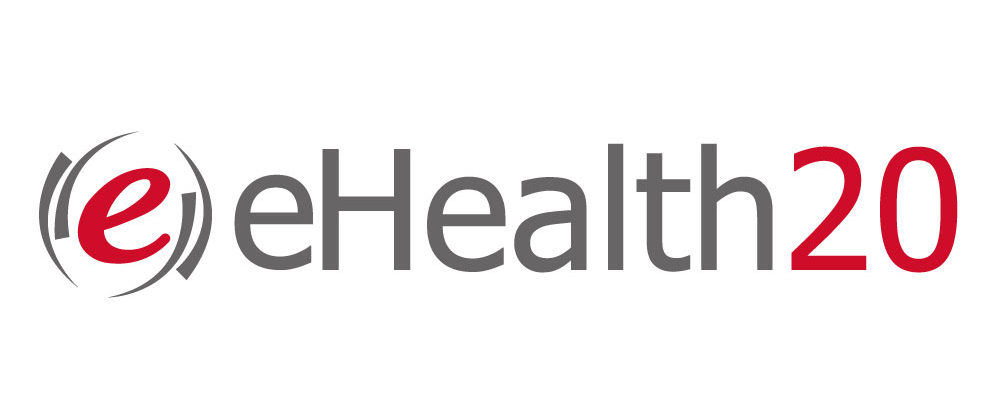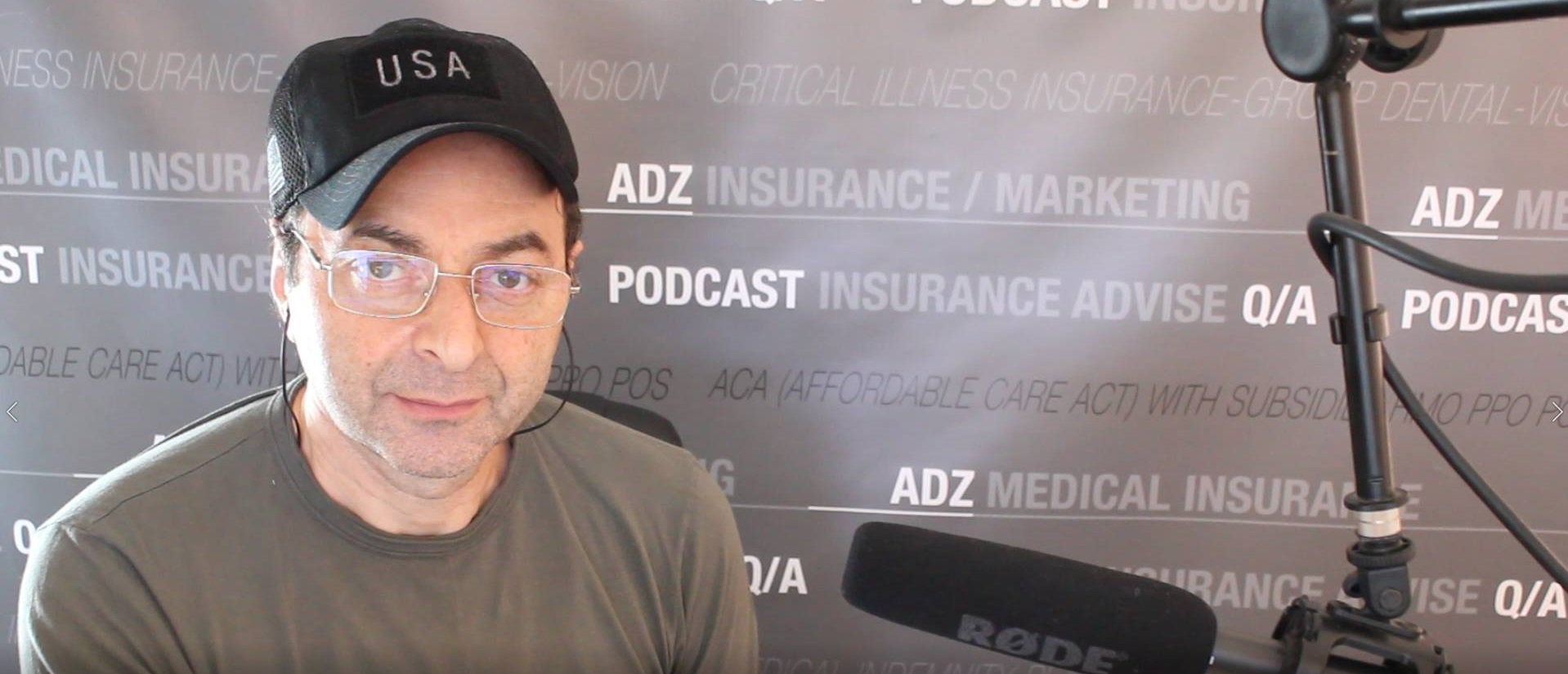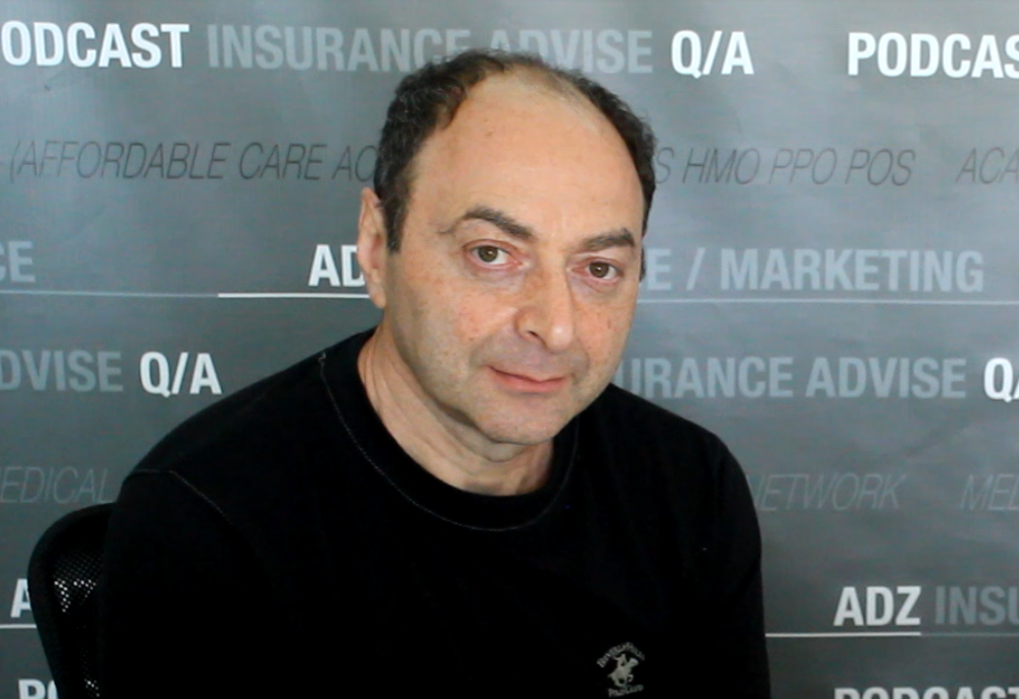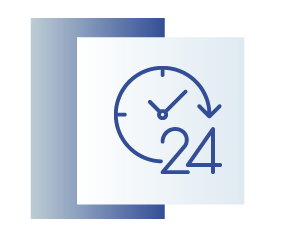Under QHP individuals and Families can purchase Health Insurance During The Open Enrollment Period, Nov 1st to Dec 15th.
Under the Affordable Care Act (ACA) 10 essential health benefits (EHB) ensure that certain health plans offered in the state Health Insurance Exchanges (Exchanges) provide a baseline of coverage, benefits, and services to those who enroll. Most health plans that are certified and offered in the Exchanges, with some exceptions, must cover the following benefits:
Laboratory Services
Emergency Services
Prescription Drugs
Mental Health
Maternity/
Newborn
Pediatric Services
Rehab Services
Ambulatory Services
Preventive/ Wellness
Hospital Services









